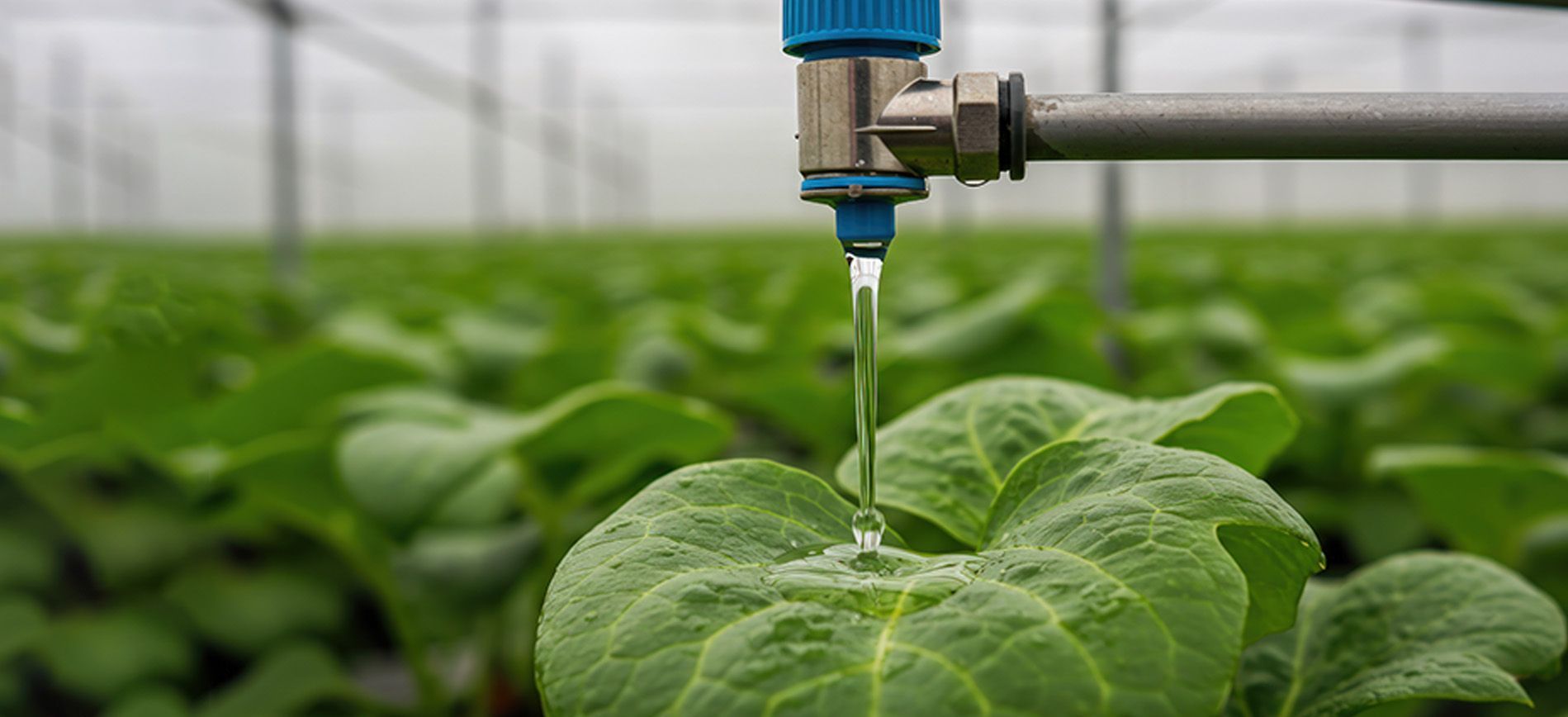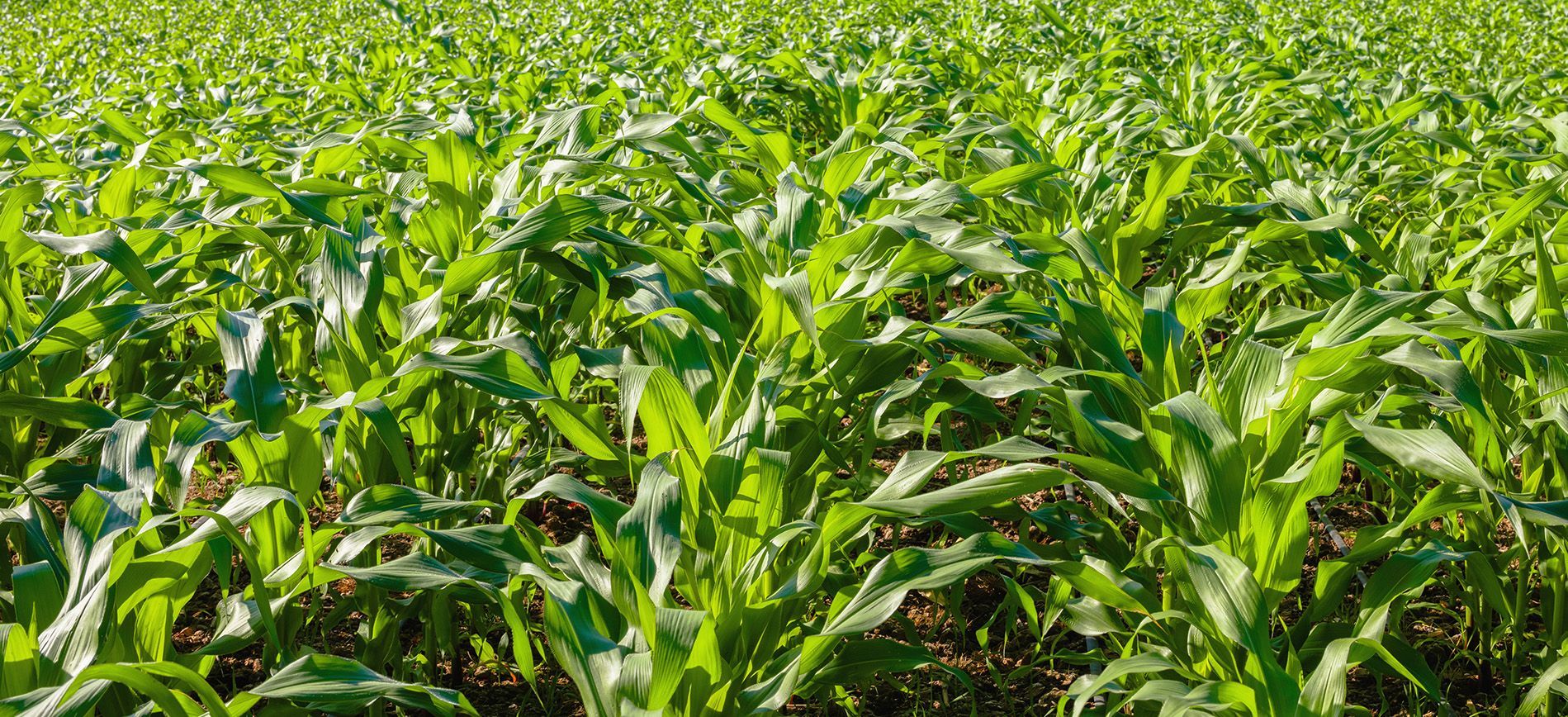Biofertilizers – Harnessing Microbes for Sustainable Growth
Biofertilizers – Harnessing Microbes for Sustainable Growth

Introduction: Biological Allies Beneath Our Feet
As agriculture seeks alternatives to synthetic inputs, biofertilizers have emerged as a cornerstone of sustainable soil and crop management. These living formulations, composed of beneficial bacteria, fungi, or algae, naturally enhance nutrient availability and promote plant health. Rather than replacing fertilizers entirely, biofertilizers complement them—improving nutrient use efficiency, soil structure, and long-term productivity without environmental harm.
In a world facing soil degradation, climate change, and mounting fertilizer costs, biofertilizers offer a regenerative pathway to grow more with less.
What Are Biofertilizers and How Do They Work?
Biofertilizers are formulations containing living microorganisms that colonize the rhizosphere (the root zone) or the plant interior to stimulate growth by increasing the nutrient supply. Unlike chemical fertilizers, they don’t directly supply nutrients—instead, they unlock them from the soil or atmosphere.
Key microbial categories include:
- Nitrogen-fixing bacteria (e.g., Rhizobium, Azospirillum, Azotobacter) – Convert atmospheric nitrogen into plant-available forms.
- Phosphate-solubilizing microbes – Unlock bound phosphorus in the soil.
- Mycorrhizal fungi – Expand the root network and improve water and nutrient absorption.
- Potassium and zinc mobilizers – Enhance the uptake of secondary and micronutrients.
Proven Benefits of Biofertilizers
Biofertilizers deliver wide-ranging agronomic and environmental advantages:
| Benefit | Impact |
|---|---|
| Enhanced nutrient availability | Natural nitrogen fixation and mineral solubilization |
| Improved root development | BillMicrobial activity stimulates root elongation and branching |
| 3Reduced synthetic fertilizer use | Lowers dependency and input costs by 20–40% in many systems |
| Soil health regeneration | Boosts microbial biodiversity and soil organic carbon levels |
| Drought and stress tolerance | Some microbes increase water retention and plant resilience |
Studies show that integrating biofertilizers with balanced NPK nutrition increases yields by 10–25% in cereals, pulses, and horticulture crops.
Source – Springer Journal: Agricultural Microbiology
Ideal Crops and Use Scenarios
Biofertilizers are ideal for:
- Legumes: Rhizobium inoculation is a standard practice in soybean, chickpea, and lentils.
- Rice and wheat: Benefit from Azospirillum and phosphate-solubilizers.
- Vegetables and fruits: Gain from mycorrhizae and zinc-mobilizers.
- Organic farming systems: Approved for certified organic input use globally.
Best applied as:
- Seed treatment
- Root dipping before transplant
- Soil drenching
- Drip fertigation
Challenges in Biofertilizer Adoption
Despite their advantages, biofertilizers face several implementation barriers:
- Storage sensitivity: Being live organisms, they require cool, dark storage and have limited shelf life.
- Inconsistent performance: Results may vary based on soil biology and climate.
- Farmer awareness: Limited knowledge and technical guidance restrict adoption in many regions.
- Quality control issues: Poor regulation in specific markets results in the production of low-quality or ineffective products.
Solutions include the use of carrier-based or encapsulated formulations, as well as government-backed extension services.
Regulatory and Market Support
The global biofertilizer market is expanding rapidly:
- 2024 Value: USD 3.4 billion
- Projected by 2030: USD 6.9 billion (CAGR 12.1%)
Drivers include:
- Organic and regenerative agriculture growth
- Government subsidy schemes (e.g., India’s Paramparagat Krishi Vikas Yojana)
- Carbon credit and low-emission agriculture incentives
- Food security initiatives in Africa and Southeast Asia
Green Gubre Group’s Biofertilizer Offerings
We at Green Gubre Group are proud to supply high-quality biofertilizer solutions tailored to diverse cropping systems:
- Rhizobium and Azospirillum Inoculants – For legumes and cereals
- Phosphate-Solubilizing Bacteria (PSB) – For rice, maize, and sugarcane
- VAM Mycorrhizae – For horticulture and perennial crops
- Liquid Biofertilizers – With longer shelf life and higher microbial load
- Custom Microbial Consortia – For degraded or saline soils
All products meet international quality standards and can be integrated into existing fertilization programs.
Conclusion: Farming with the Power of Microbes
Biofertilizers are not just soil amendments—they’re biological allies that help unlock your crop’s full genetic potential. By fostering nutrient-efficient, biologically active soils, they reduce input costs, support sustainability, and future-proof agriculture against climate and economic pressures.
Adopt biofertilizers today—not just for greener yields, but for a greener planet.




